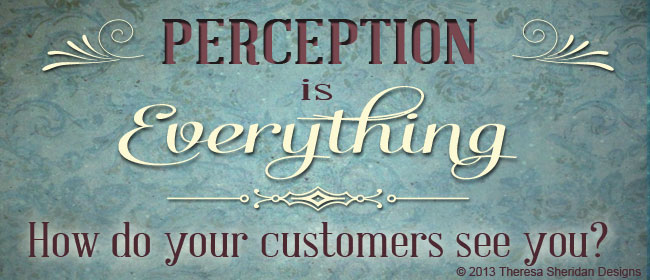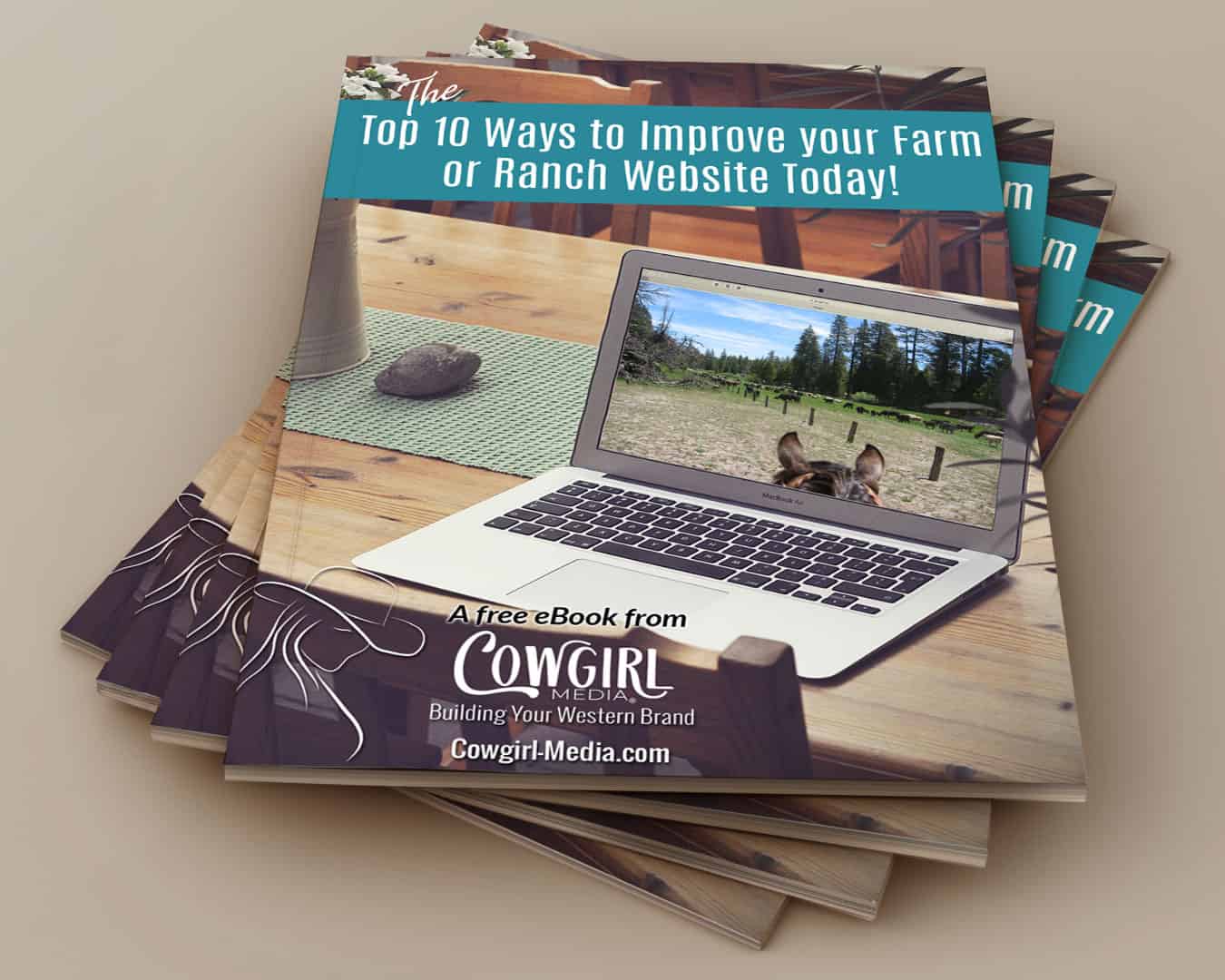Brand positioning is defined as “the way by which the marketers attempt to create a distinct impression in the customer’s mind.” Brand positioning uses advertisements and other communication to create an image in the consumer’s mind – called a brand – that the consumer associates with the products or services offered by the business.
Although there are different definitions of brand positioning, what most people will agree on is that Positioning is something (perception) that happens in the minds of your target market.
The term “positioning” became popular in the early 1980s when Al Ries and Jack Trout published a book with that title. At the time it was a fairly revolutionary idea, and it spread rapidly up the ranks of many successful businesses.
Ries and trout write: “There is no objective reality. There are no facts. All that exists in the world of marketing are perceptions in the mind of the customer or prospect.” This is the basis for which all other rules and strategies for positioning are built. It doesn’t matter if you can scientifically prove your product is faster, stronger, or more durable than your competition — if that’s not what is in the consumer’s mind, then that’s not reality.
There is a quote from the play “Hamlet” which reads, “There is no good or bad, only thinking makes it so.”
Simply put, “Perception is everything.”

This applies to everything you do when marketing your business; your logo, website, advertisements, social media posts, etc.
When people go to your website, for example, what will be their impression of you? Did you invest in yourself and your business with a professional, well thought out website, or does your website look amateurish and unprofessional, clearly portraying that you cut some corners to save a few bucks?
Everything goes back to what sets you apart from your competition. How are you unique from everyone else?
That’s why marketers who think a claim about their product or service is a positioning statement, really miss the boat. The same goes for a description of your type of business. There’s no emotion in that and it’s emotions that differentiate a brand.
Consider these big brands and what they’ve done for positioning:
- BMW: “The ultimate driving machine.”
- State Farm: “Like a good neighbor, State Farm is there.”
- L’Oreal: “Because you’re worth it.”
Notice the level of emotion in each of these taglines, which essentially highlights each brand’s positioning. Here’s how these taglines might translate into positioning statements:
- BMW: Makes you feel powerful and safe.
- State Farm: Makes you feel secure and safe in times of need.
- L’Oreal: Makes you feel valued and good about yourself.
These are obviously ginormous brands, but there’s no reason why you can’t do the same for your small business.
You need to dig deep into the emotional benefit that you offer your customer. Think about how you want your customer to feel about you, every time they think about you.
The company that owns a particular category in the consumer’s mind first wins.
This means it’s better to be first to the customer’s mind than to the marketplace. Consider Apple, for example. The iPod, to be specific. It certainly wasn’t the first mp3 player to hit the market, but Apple succeeded in convincing the consumer that it was the ONLY iPod worth buying. No one else was able to come in and unseat them. Some people even use the term iPod interchangeably with the term mp3 player, just as we often use the brand name Kleenex when talking about a tissue, for example.
So what do you do if someone else already has first place in the consumer’s mind?
If you can’t be first in a category, make up a new category you can be first in.
This is where you will need to start thinking outside the box….WAY outside the box, in some cases.
What can you offer people that others aren’t?
If you are selling horses or cattle, can you offer a discount on hauling perhaps, or even free within a certain range?
If you are a horse trainer, what specific thing can you train for that others aren’t? Maybe you have a knack for problem horses that won’t load in a trailer. What problem with horses….and their people….can you solve that other trainers can’t, or don’t?
As we’ve been doing all along here, once you have established your strong message, the positioning will help you get that message out there with your content, and the content will help your positioning. They will work together to further establish your brand.
In the next few articles we will be discussing how you can further your brand position with specific content, such as social media posts, blogging, graphics, articles, etc. In the meantime, continue thinking about your message, how to make it stronger and how to further set yourself apart from your competition. Take some notes when ideas come to you so that you don’t forget where you were headed, and start talking to people about your brand and get their input for more ideas.





